Results
-
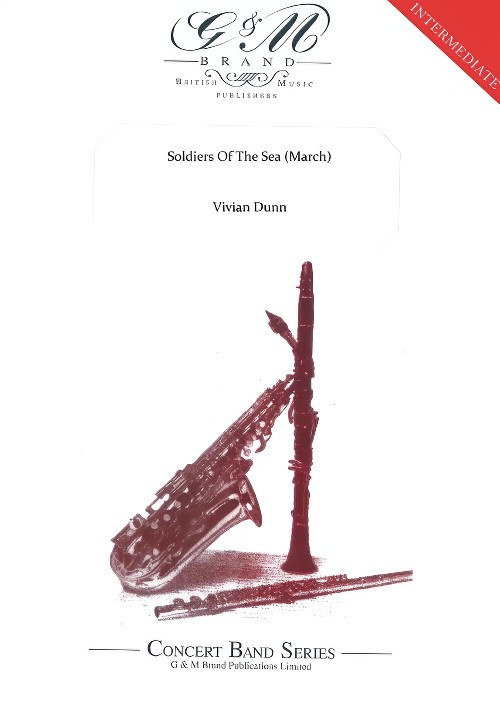 £74.95
£74.95Soldiers Of The Sea (March) (Concert Band - Score and Parts) - Dunn, Vivian
This quick march was written for HMS Bulwark, the Royal Navy's first Commando Carrier in which 42 Commando Royal Marines was embarked. It was first performed in June 1960 at the ceremony of Beating Retreat performed by the Massed Bands of HM Royal Marines, at which the salute was taken by His Royal Highness The Prince Philip, Duke of Edinburgh, Captain General Royal Marines.
Estimated dispatch 7-14 working days
-
 £14.95
£14.95Soldiers Of The Sea (March) (Concert Band - Score Only) - Dunn, Vivian
This quick march was written for HMS Bulwark, the Royal Navy's first Commando Carrier in which 42 Commando Royal Marines was embarked. It was first performed in June 1960 at the ceremony of Beating Retreat performed by the Massed Bands of HM Royal Marines, at which the salute was taken by His Royal Highness The Prince Philip, Duke of Edinburgh, Captain General Royal Marines.
Estimated dispatch 7-14 working days
-
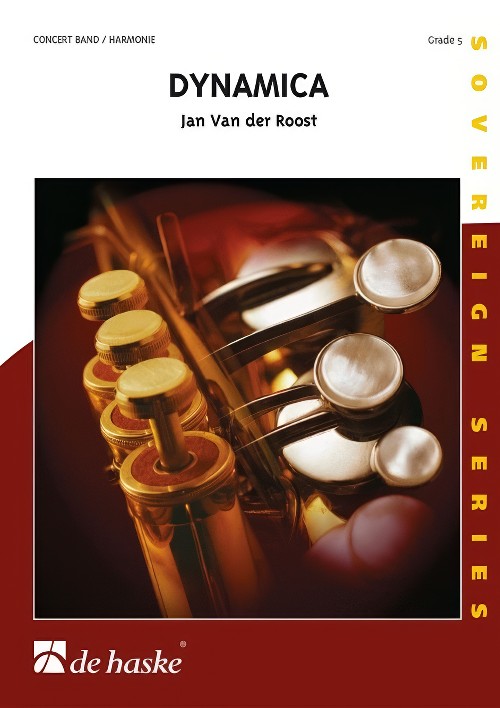 £154.99
£154.99Dynamica (Concert Band - Score and Parts) - Van der Roost, Jan
As the title suggests, this is a fiery and energetic, dynamic overture. Jan Van der Roost was commissioned to write the piece by the Japanese 'Band of the NEC-Tamagawa Plant' on the occasion of its 40th anniversary. From the first measure, the brass section sets the scene with rhythmical motives. Gradually we hear melodic and playful themes, often supported by (poly)rhythmic figures. A fermate in the trombone section prepares the way for the final theme, which virtuosically leads into a reprise of the first fanfare. The dynamic circle closes!Duration: 6:45
Estimated dispatch 7-14 working days
-
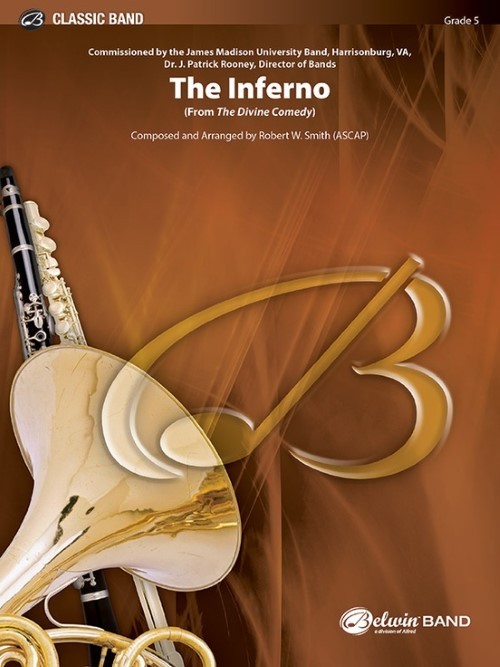 £84.50
£84.50The Inferno (from The Divine Comedy) (Concert Band - Score and Parts) - Smith, Robert W.
The Inferno is the first movement of Robert W. Smith's four-movement work The Divine Comedy based on Dante Alighieri's literary classic of the same name. Dante's vision of hell consists of nine concentric circles divided into four categories of sin. This first movement of the epic work uses visual imagery with huge blocks of sound and explosive winds and percussion.Duration: 7:30
Estimated dispatch 7-14 working days
-
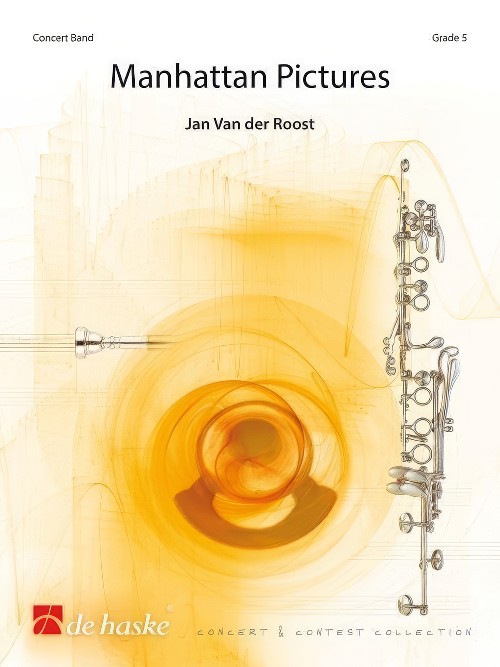 £189.99
£189.99Manhattan Pictures (Concert Band - Score and Parts) - Van der Roost, Jan
In this colourful composition, Jan van der Roost recreates the energetic and multi-racial city life in Manhattan, using four contrasting movements. The opening movement is rather short and rhythmical. In the second "Picture", a variety of musical entities accumulate into a coloured "sound curtain", on top of which the brass section presents a broad theme. In contrast to the two previous movements, the third movement is extremely quiet, featuring the first flute, clarinet an oboe in broad melodies. Again, the orchestration plays an essential role. Following on a majestic "tutti" (almost "movie-like....) the serenity of the very beginning reappears. Finally, the nervousness and dynamic style of the two first movements come back in an exciting apotheosis with rich and sometimes surprising instrumentation which explores the multiple possibilities of the large symphonic wind band to the full.Duration: 13.00
Estimated dispatch 7-14 working days
-
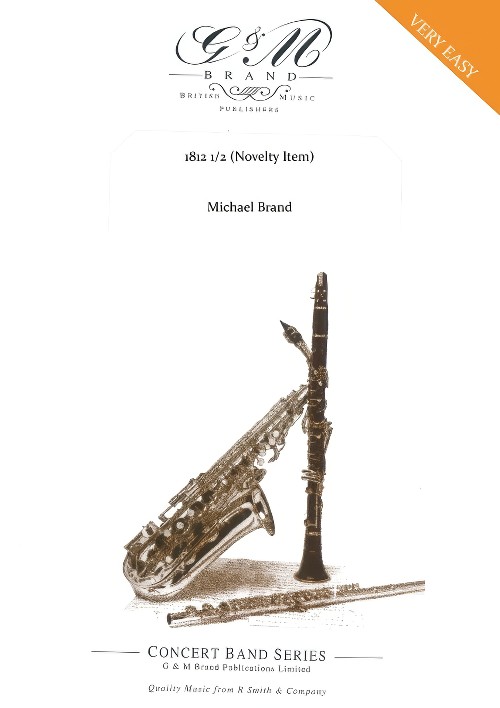 £44.95
£44.951812 1/2 (Novelty Item) (Concert Band - Score and Parts) - Brand, Michael
Poor Tchaikovsky! First his music is mixed by with Frere Jaques and then it is subjected to all sorts of indignities from the percussion section. There cannot be many pieces in which the conductor shoots the first Horn player... Perhaps there should be more!
Estimated dispatch 7-14 working days
-
 £8.95
£8.951812 1/2 (Novelty Item) (Concert Band - Score Only) - Brand, Michael
Poor Tchaikovsky! First his music is mixed by with Frere Jaques and then it is subjected to all sorts of indignities from the percussion section. There cannot be many pieces in which the conductor shoots the first Horn player... Perhaps there should be more!
Estimated dispatch 7-14 working days
-
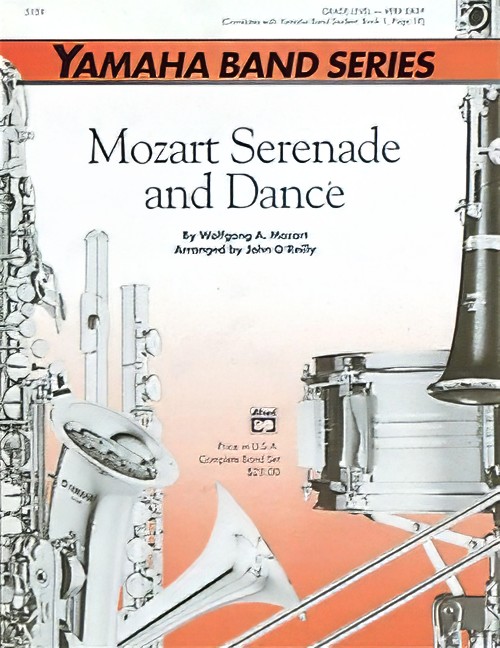 £36.95
£36.95Mozart Serenade and Dance (Concert Band - Score and Parts) - Mozart, Wolfgang Amadeus - O'Reilly, John
A simple setting of two magnificent Mozart melodies that will make an elegant addition to your first young band concert: the first is the Romance theme from the Serenade from 'Eine kleine Nachtmusik' and the second is a simple but delicate Wind Divertimento theme.stand the importance of playing with sensitivity and control. Truly a gem of a transcription! Duration: 2.30
Estimated dispatch 7-14 working days
-
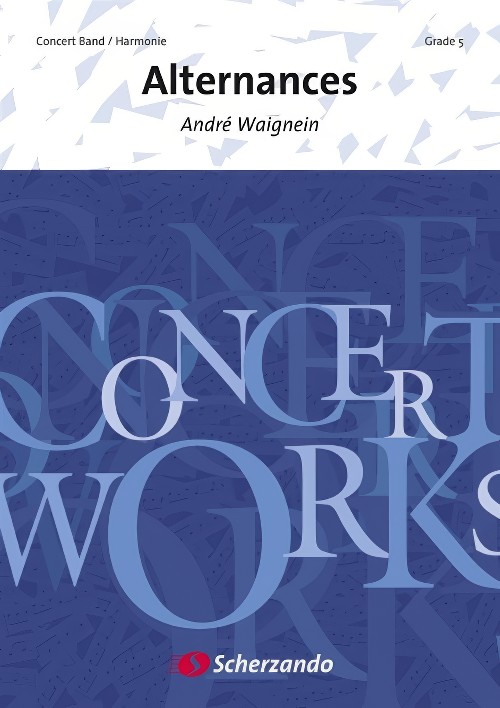 £154.99
£154.99Alternances (Concert Band - Score and Parts) - Waignein, Andre
In 1984 the Corciano (Italy) Tourist Authority initiated a composition competition for wind band. For this event Andre Waignein composed "Alternances for Symphonic Band", a piece which won him the first prize in the competition. The opening of the work is based on a very tonal foundation. The English horn (or alto saxophone) introduces a rich and warm theme which is immediately taken up by the whole orchestra in a grandiose manner. The subsequent development shows off all the elements of the orchestra to the full. In the second movement, the English horn (or alto saxophone) comes to the fore again. A harmonic change gradually takes us back to the allegro of the first movement. The musical development is here dominated by exuberance, virtuosity and rhythm.Duration: 12:30
Estimated dispatch 7-14 working days
-
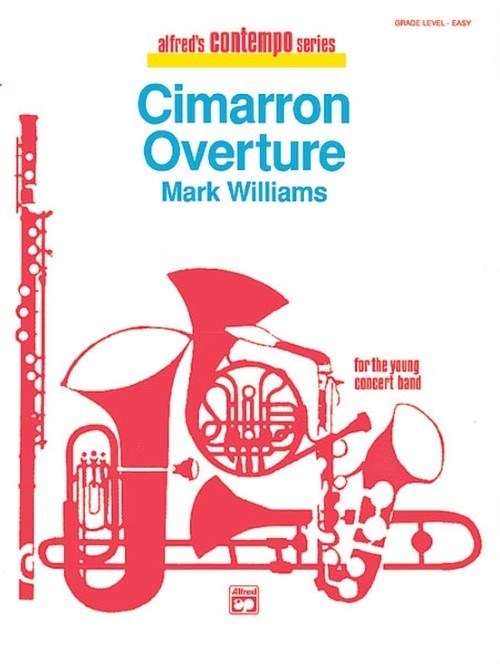 £32.95
£32.95Cimarron Overture (Concert Band - Score and Parts) - Williams, Mark
A bright selection with strong melodic themes that will impress your audience and keep your students motivated during rehearsals. The first theme features an interesting syncopated pattern that is accented by fun-to-play percussion parts. The second theme is a flowing, reflective melody that is played by the oboe and supported by clarinets and triangle accents. The Allegro first theme returns and builds to a powerful closing.
Estimated dispatch 7-14 working days
